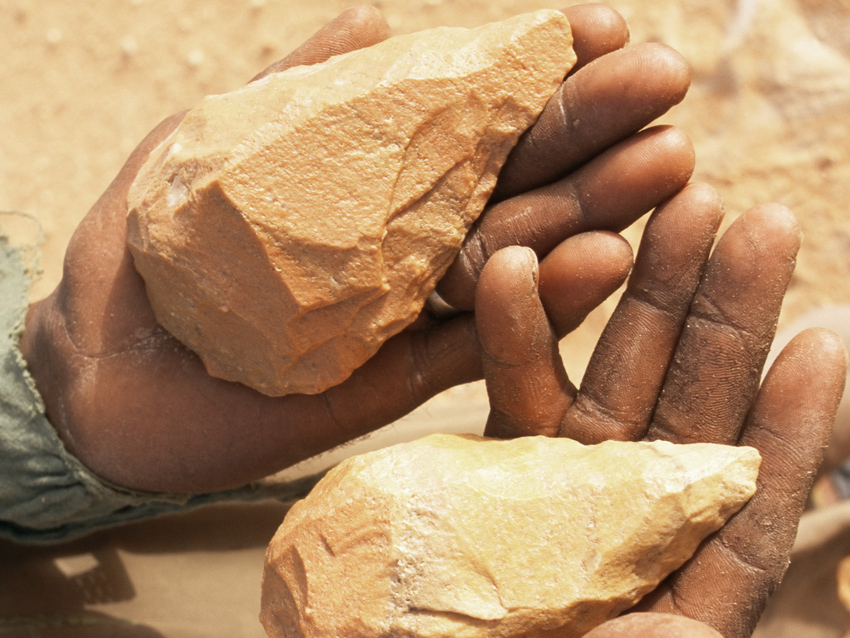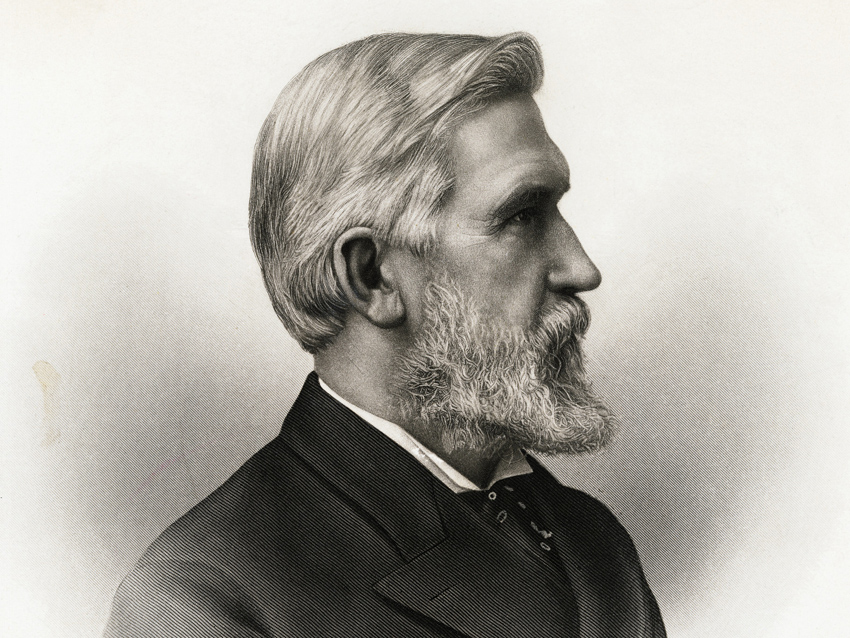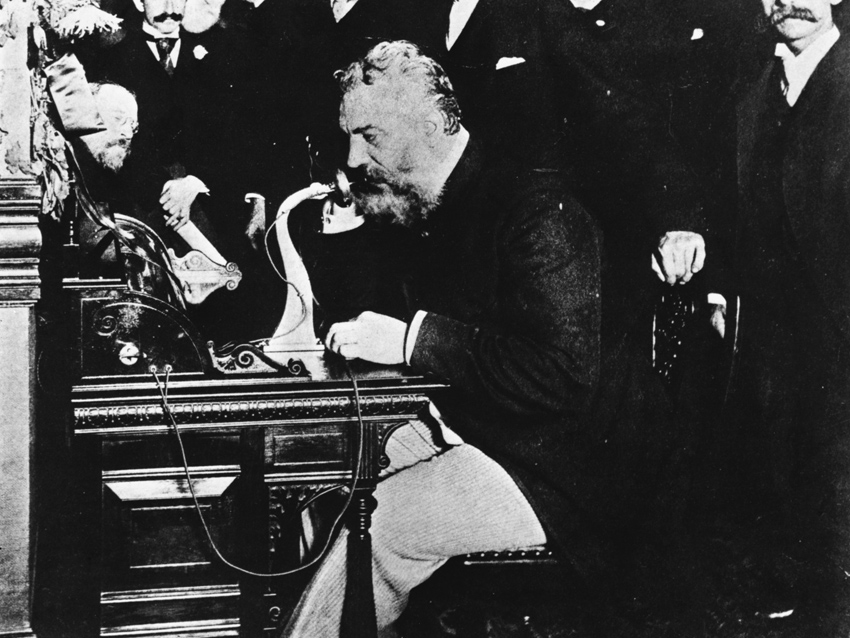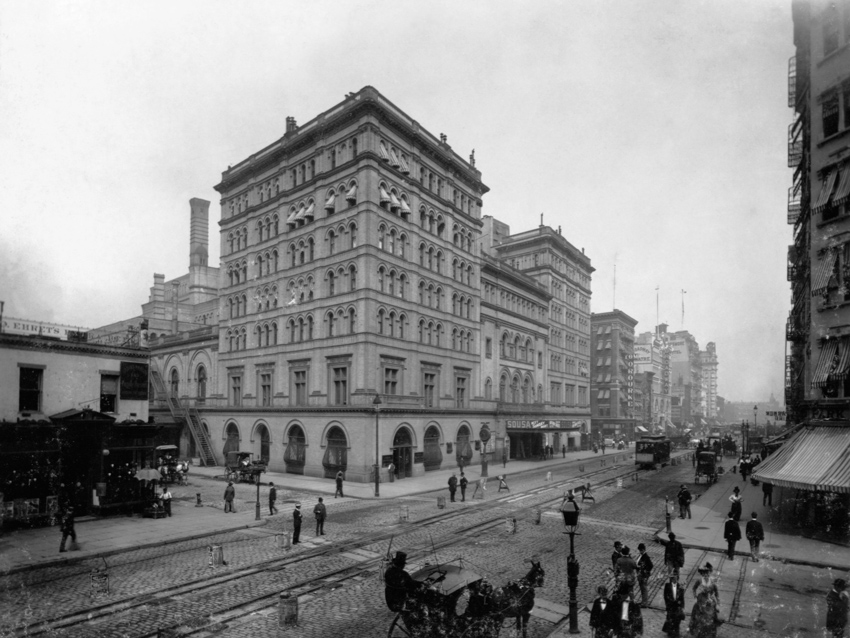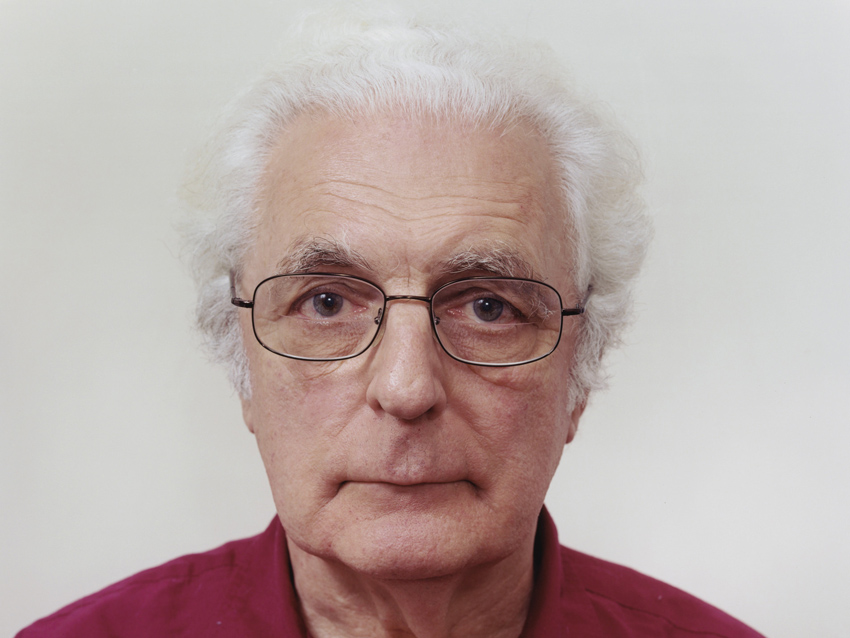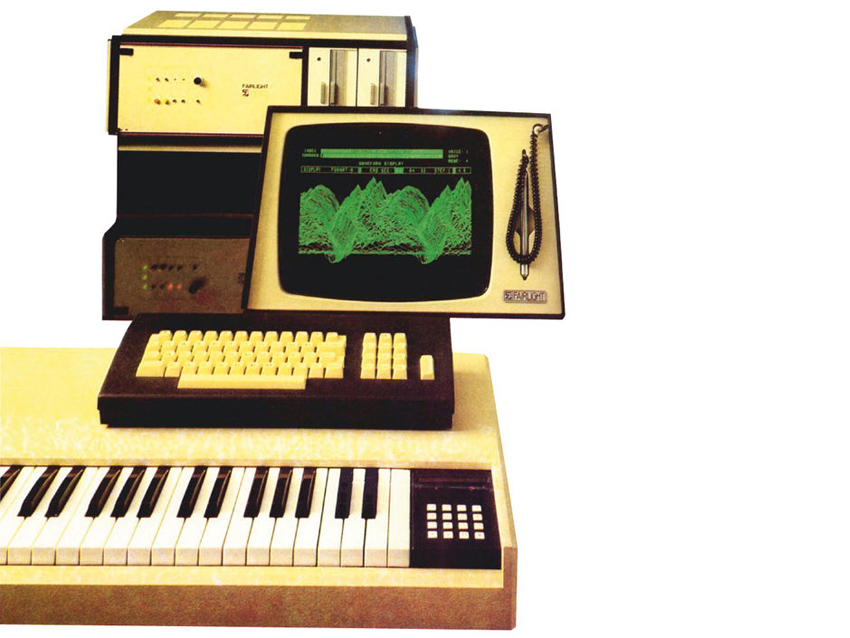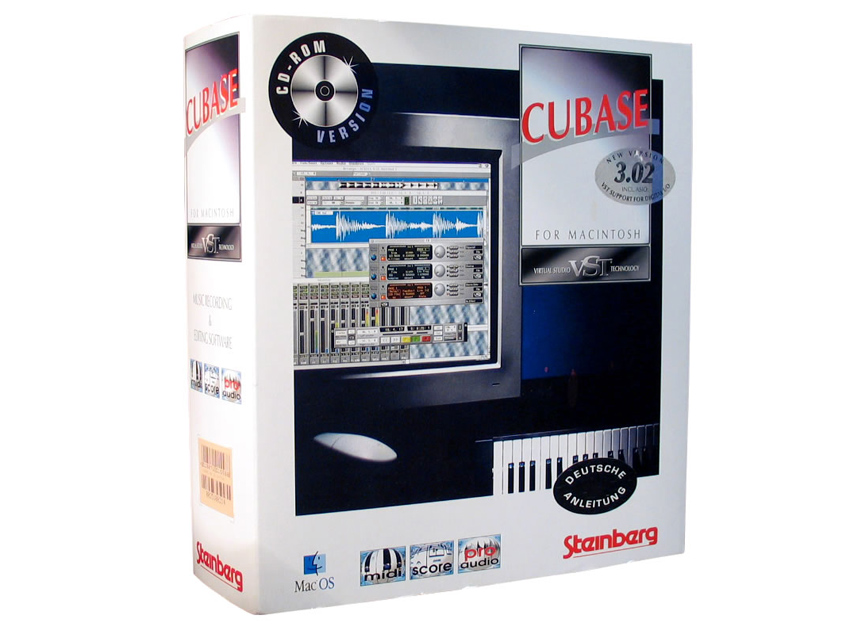A brief history of sound design technology
From Palaeolithic man to VST plugins
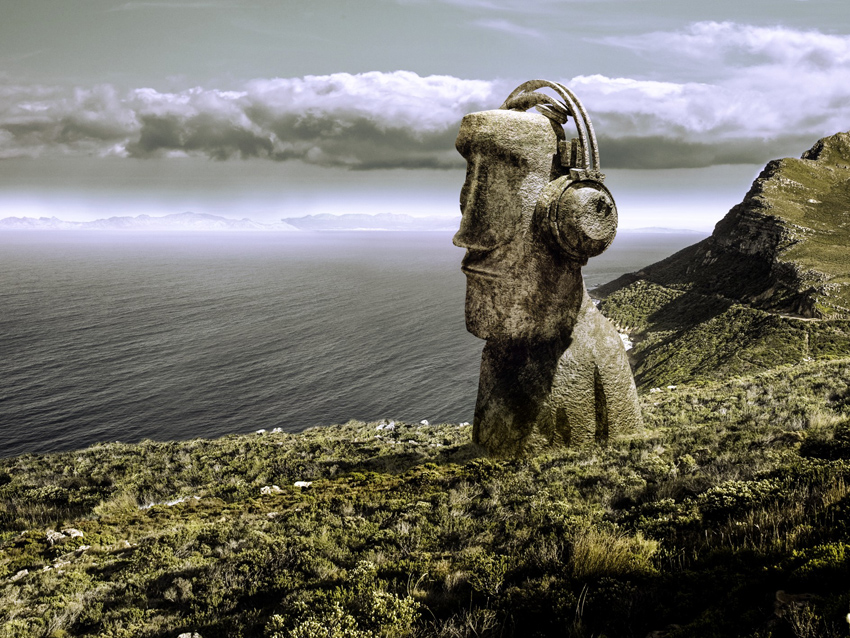
The artists of noise
How did we get from the sound of early man making noises by hitting things to the all-singing, all-dancing computer-based recording tools that we have at our disposal today?
We plot the journey in this not-altogether-exhaustive look at the history of sound design technology.
For a complete guide to sound design check out Computer Music Special: The Sound Designer’s Handbook (issue 60) which is on sale now.

4000 BC
Early Chinese theatre relies on music and sound to underscore the action. Participants have no idea that South Korea will eventually beat them to the first YouTube clip to garner a billion views.
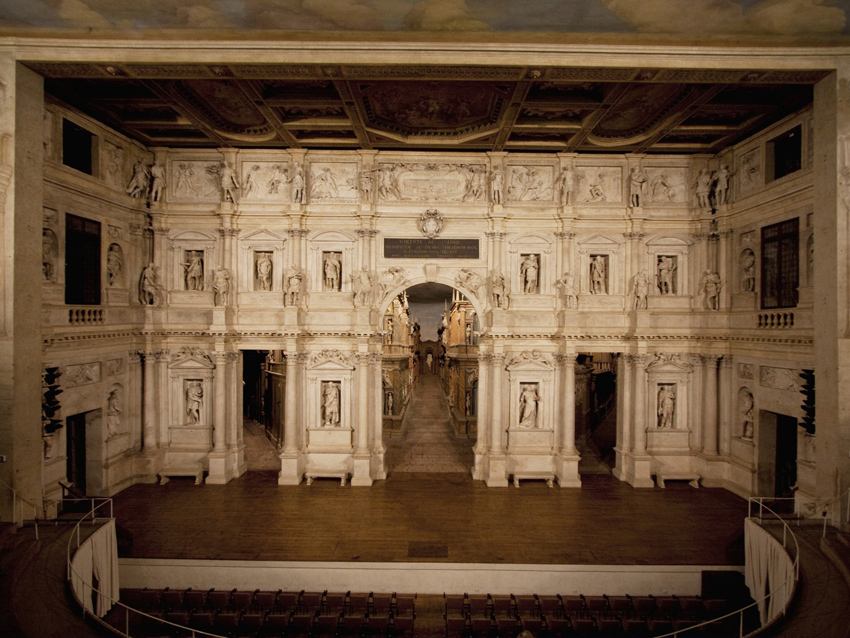
1300 AD
Italian Renaissance theatre uses sound effects to heighten the physical comedy. Years later, the Chuckle Brothers’ seminal TV series ChuckleVision would develop the technique to perfection.
